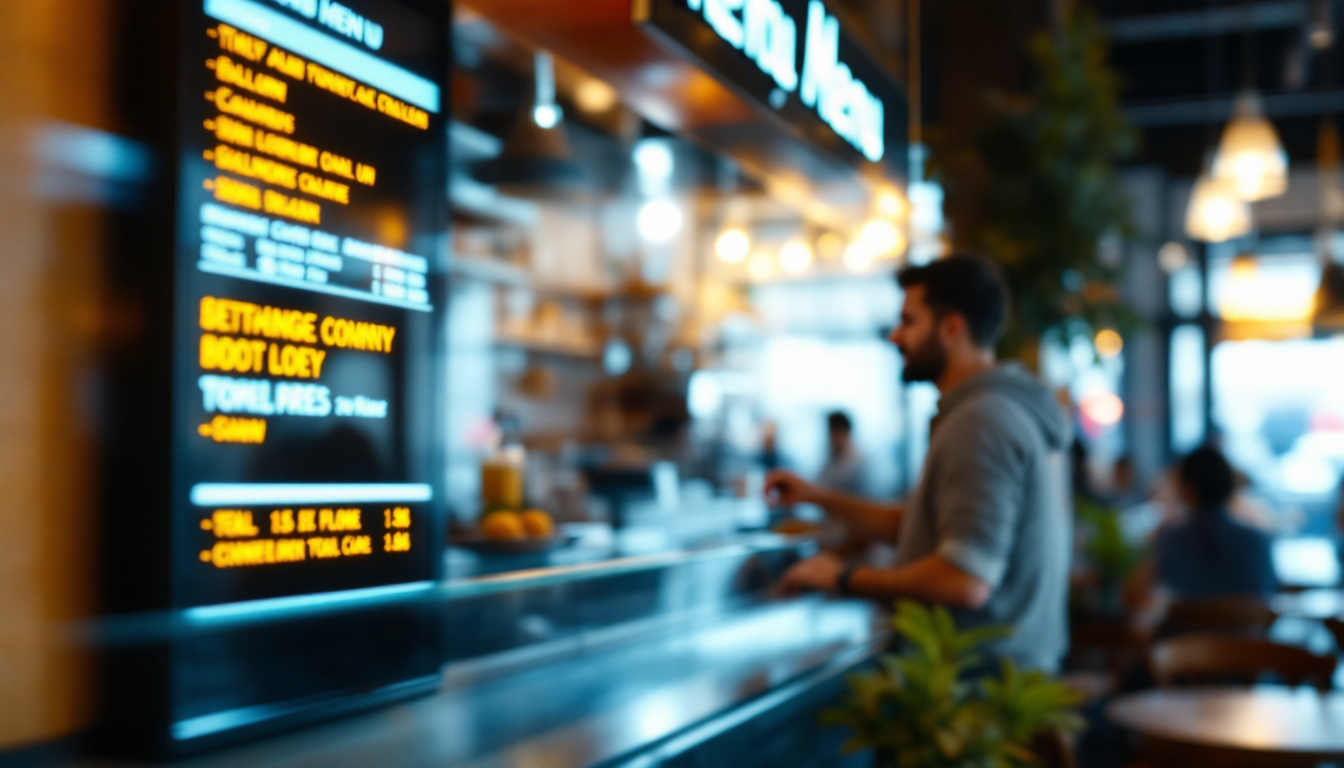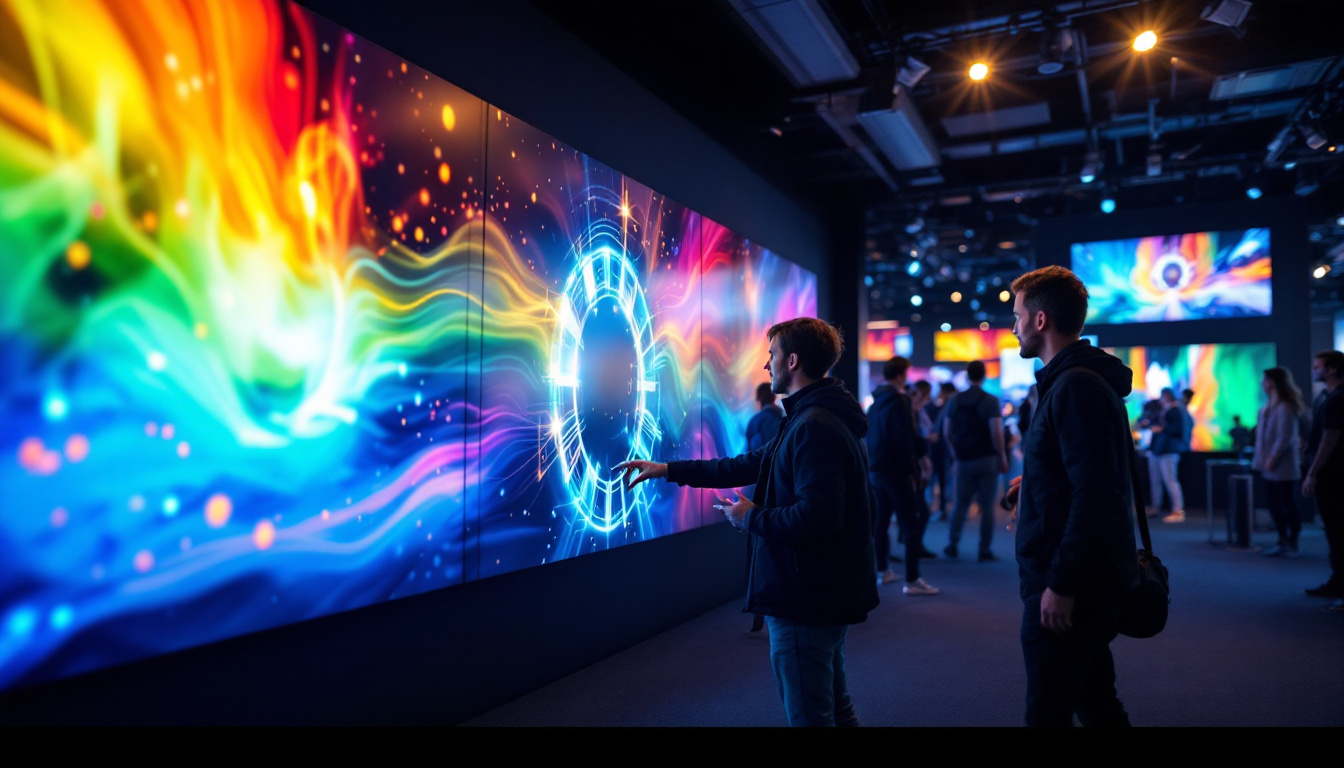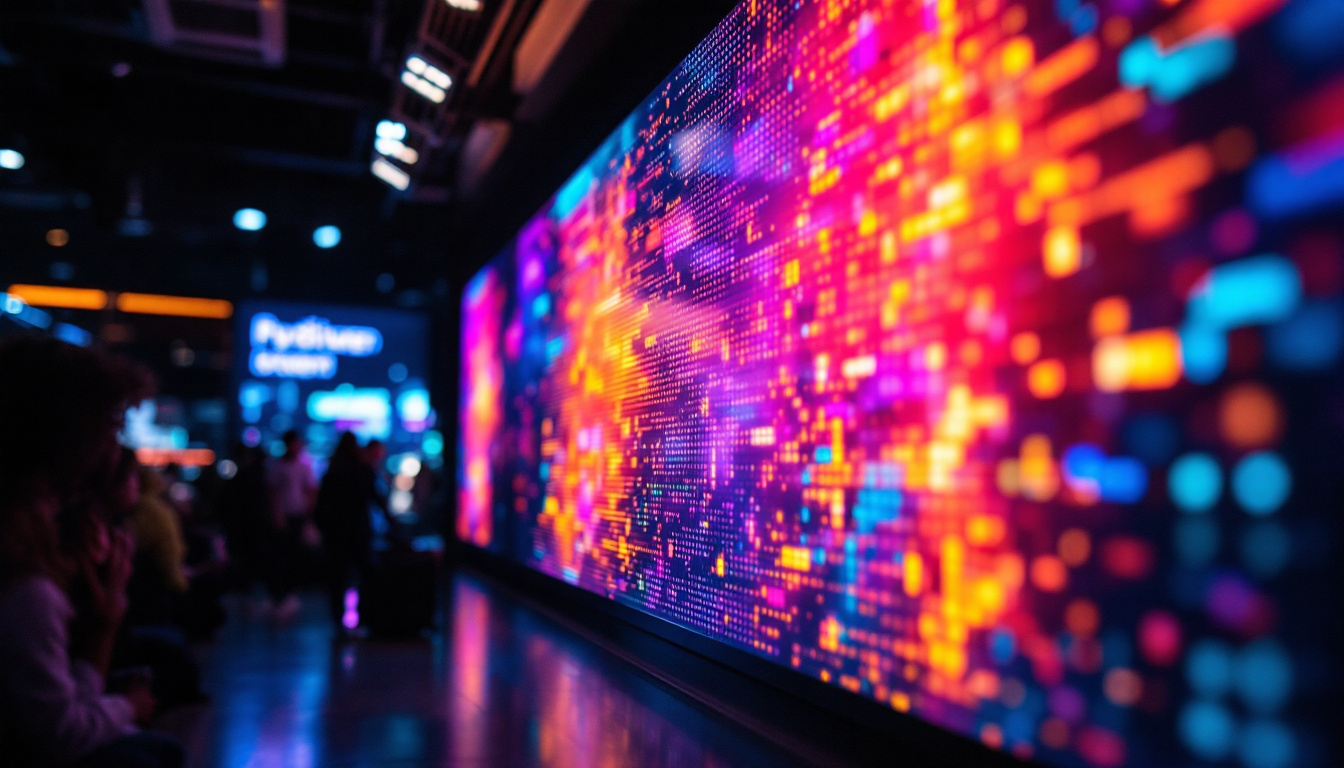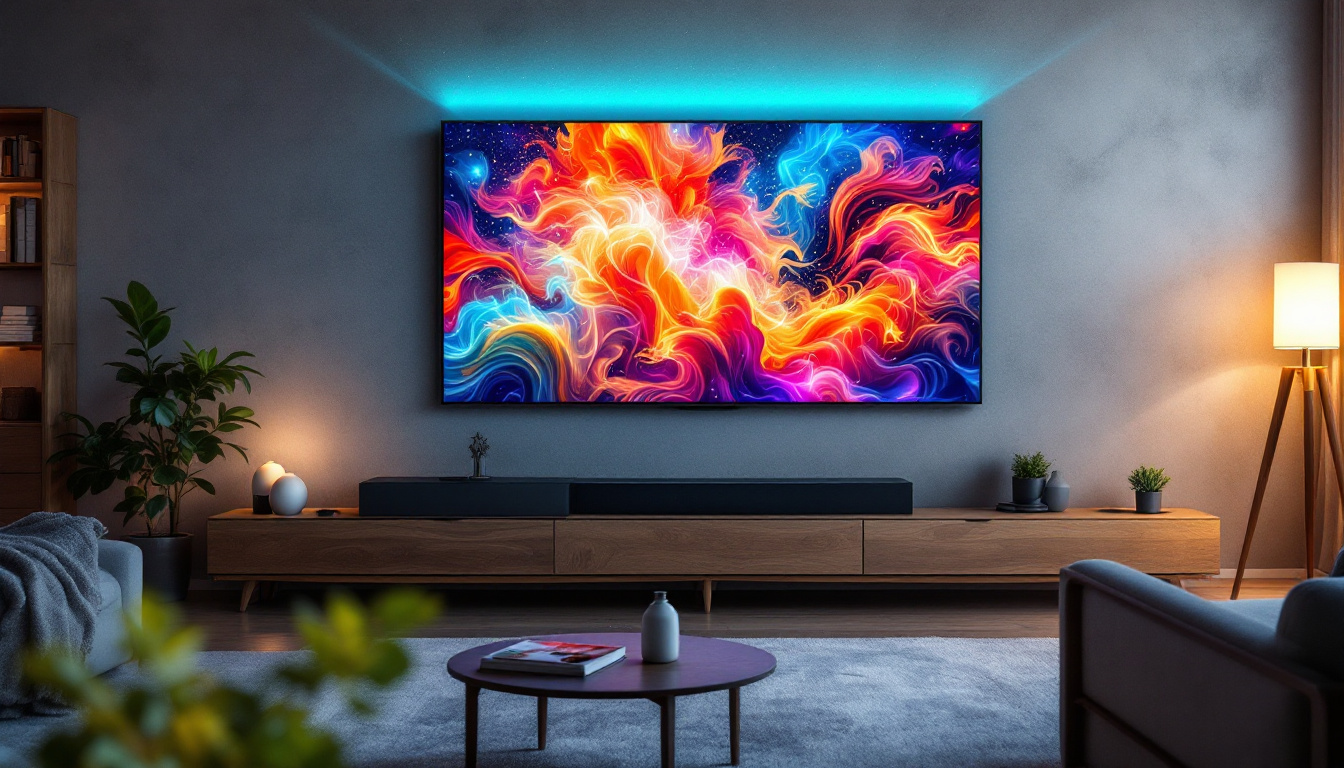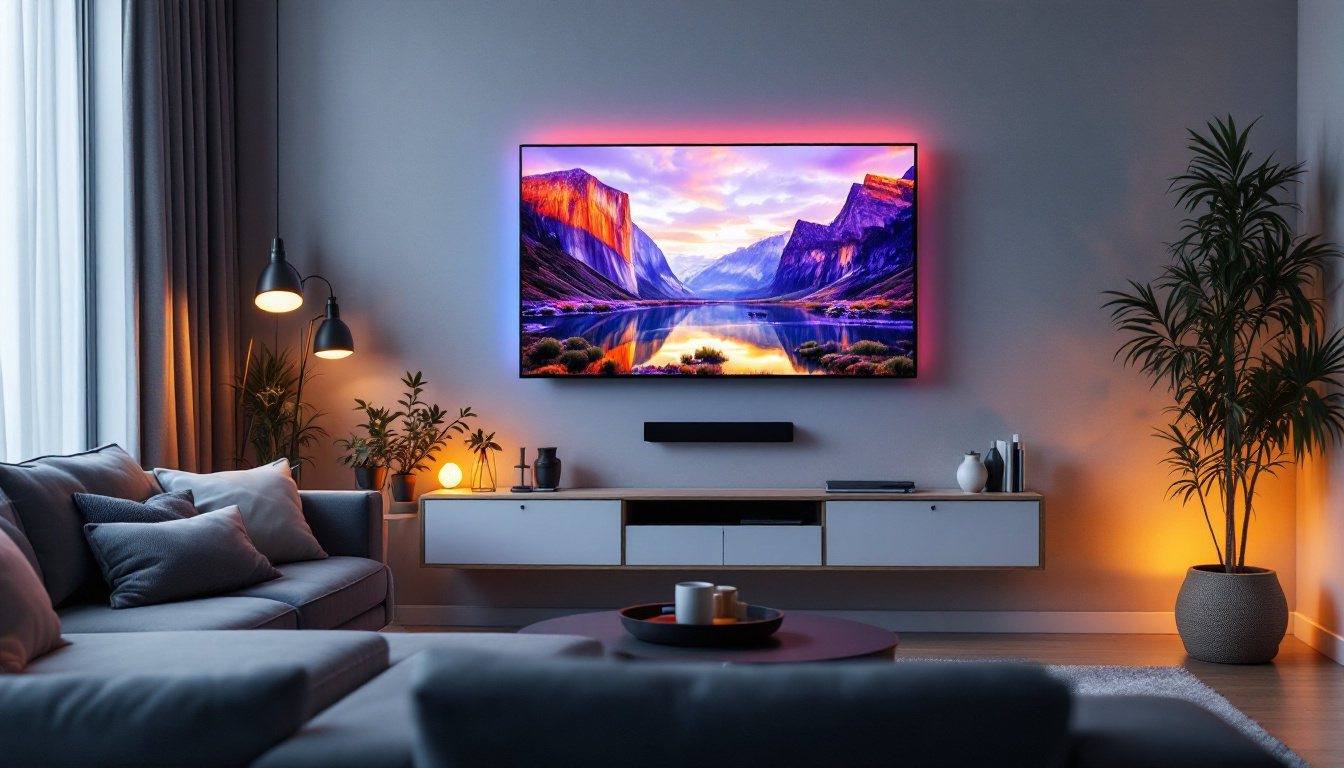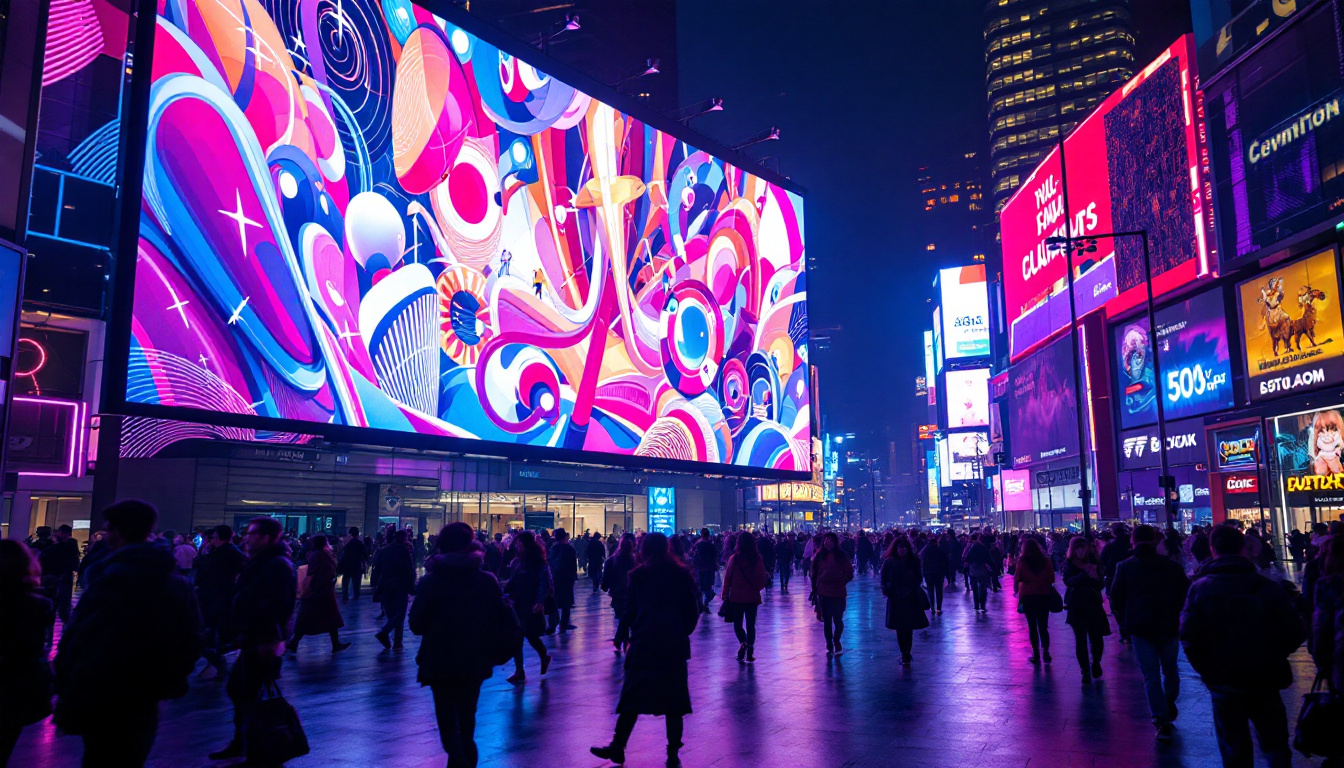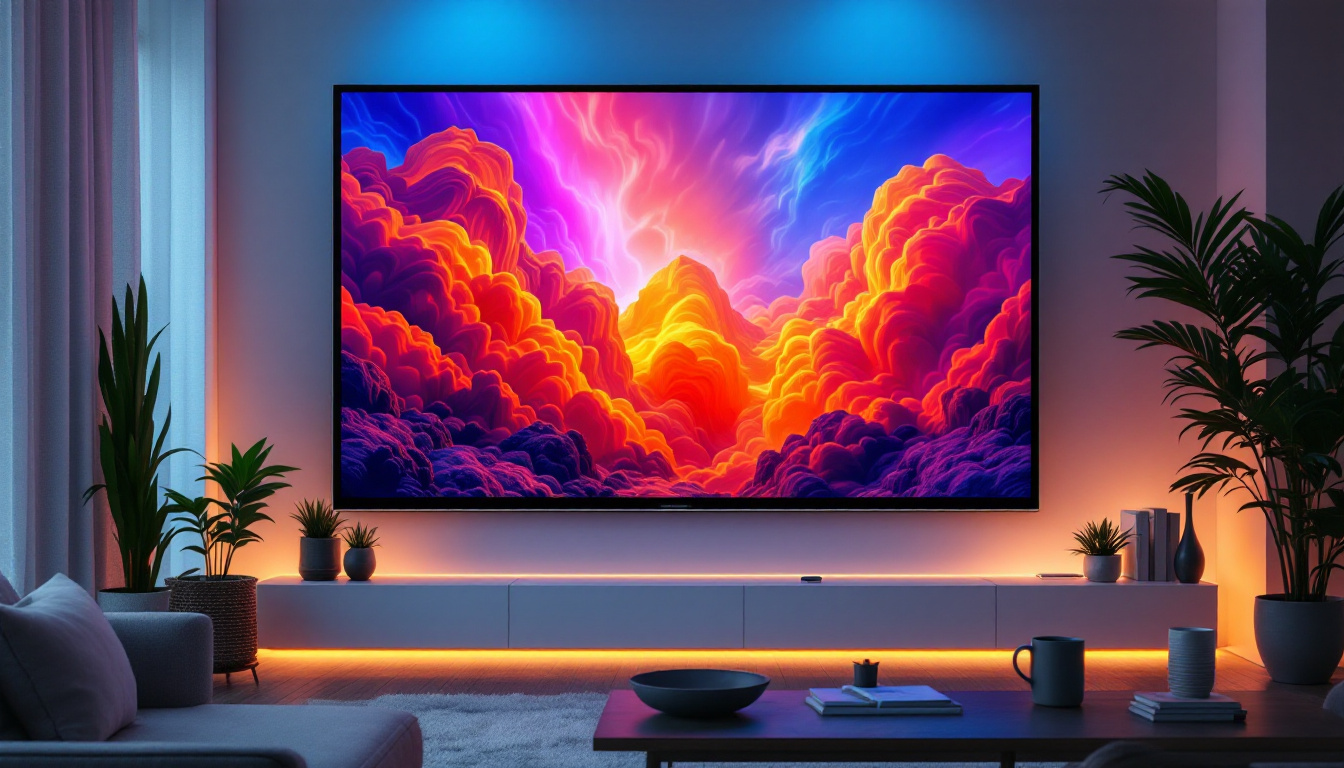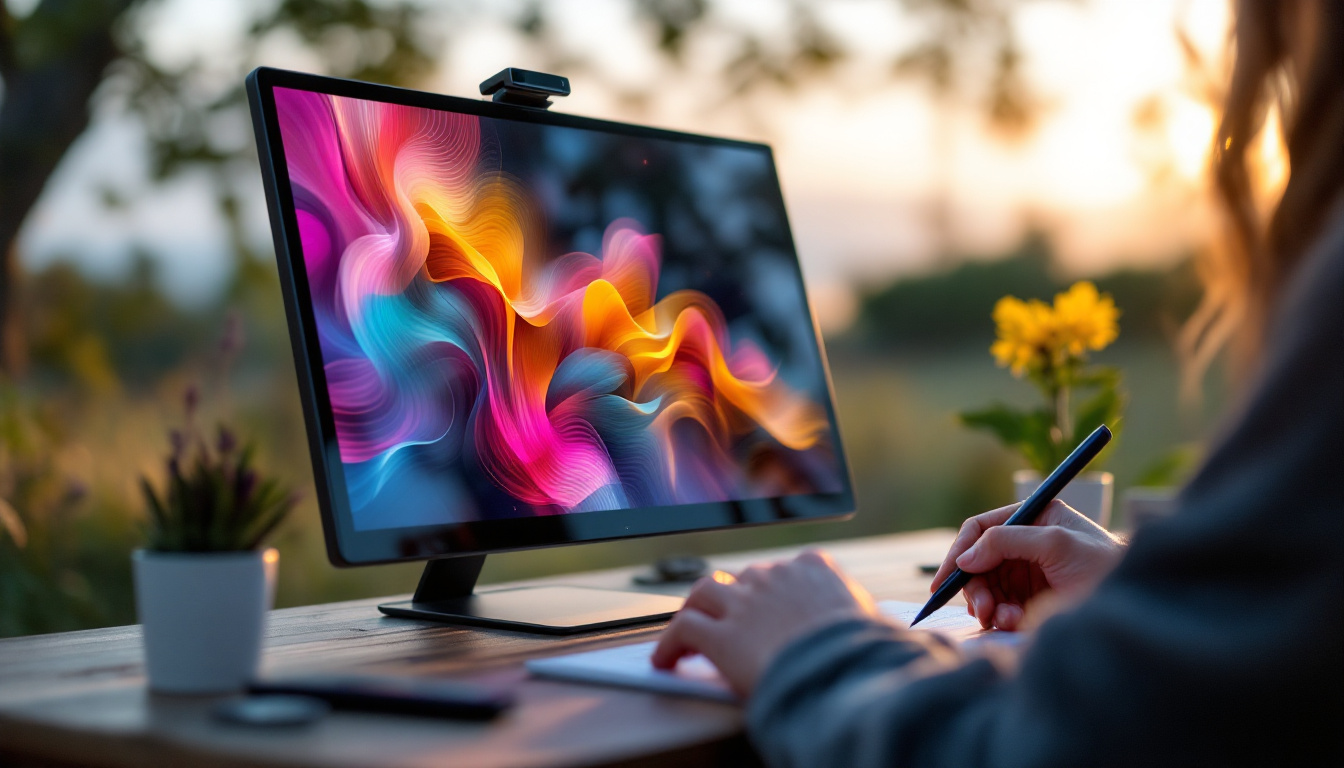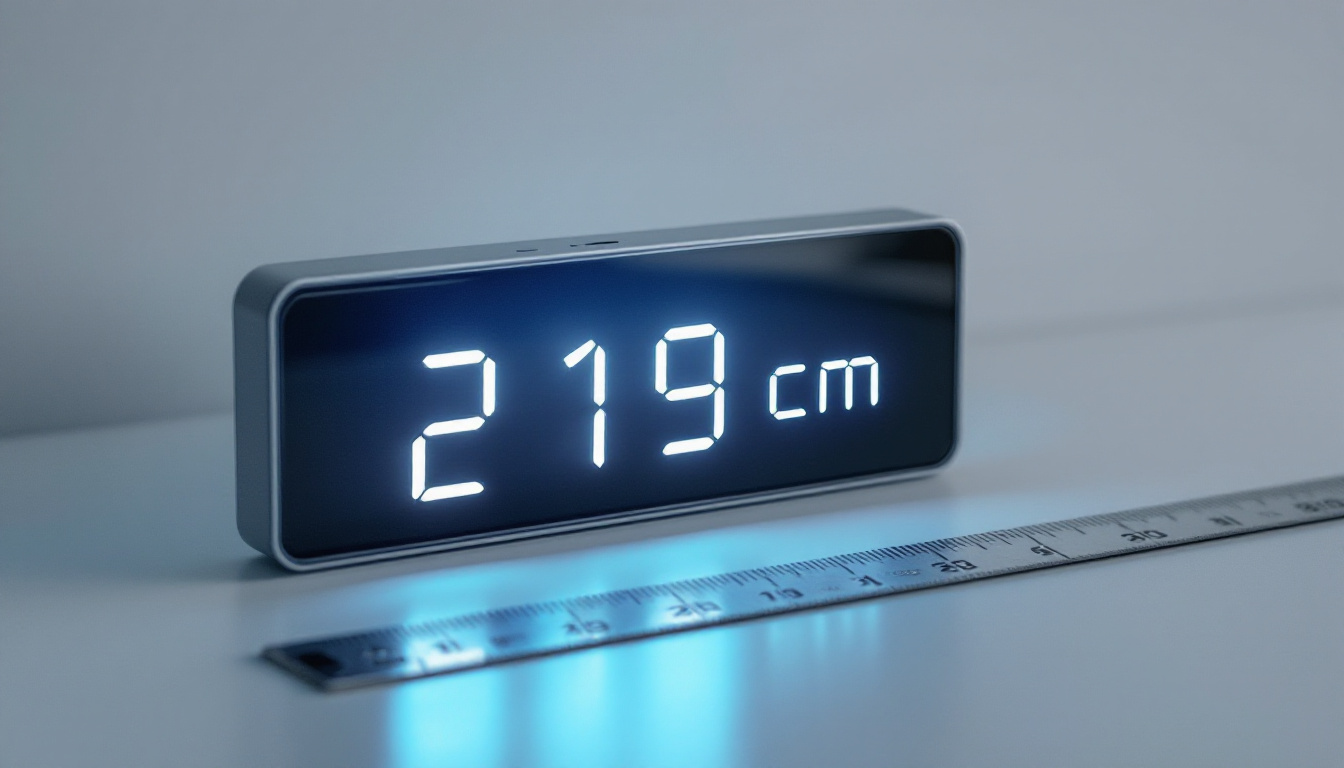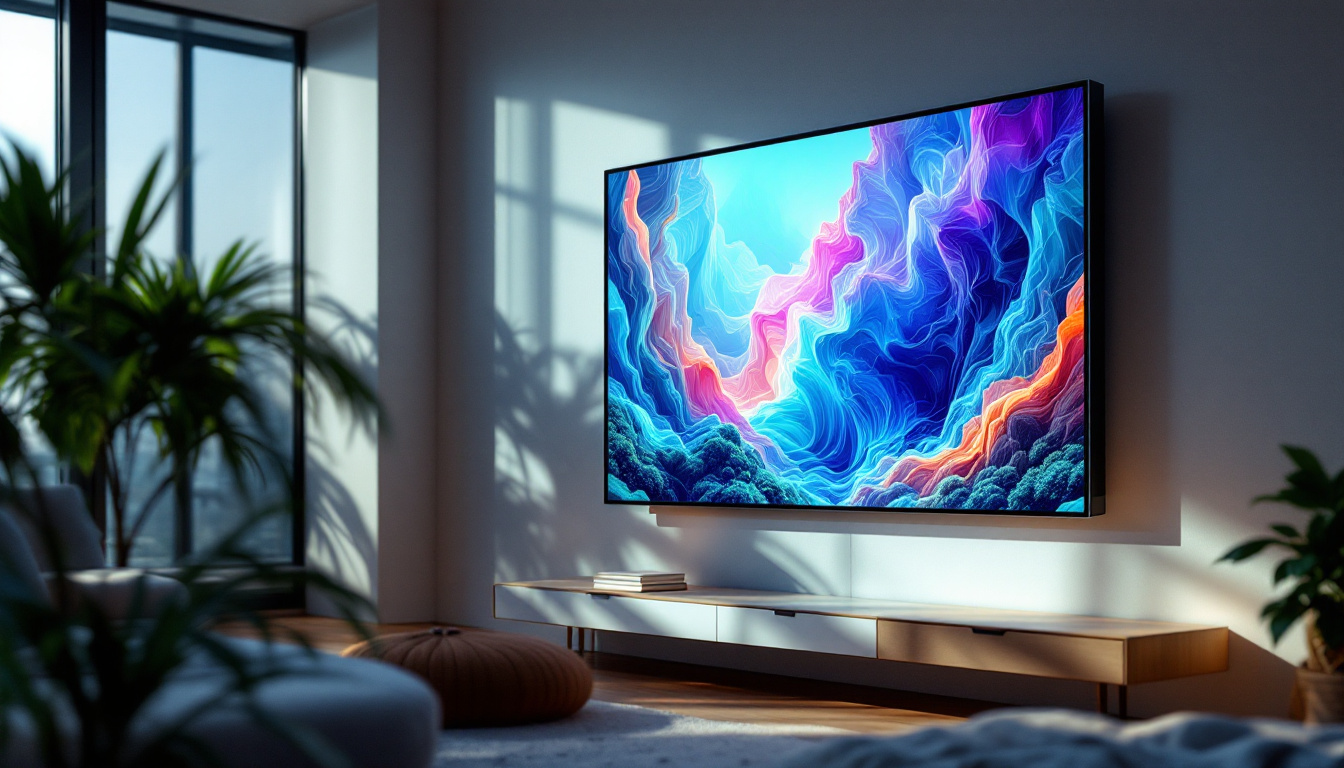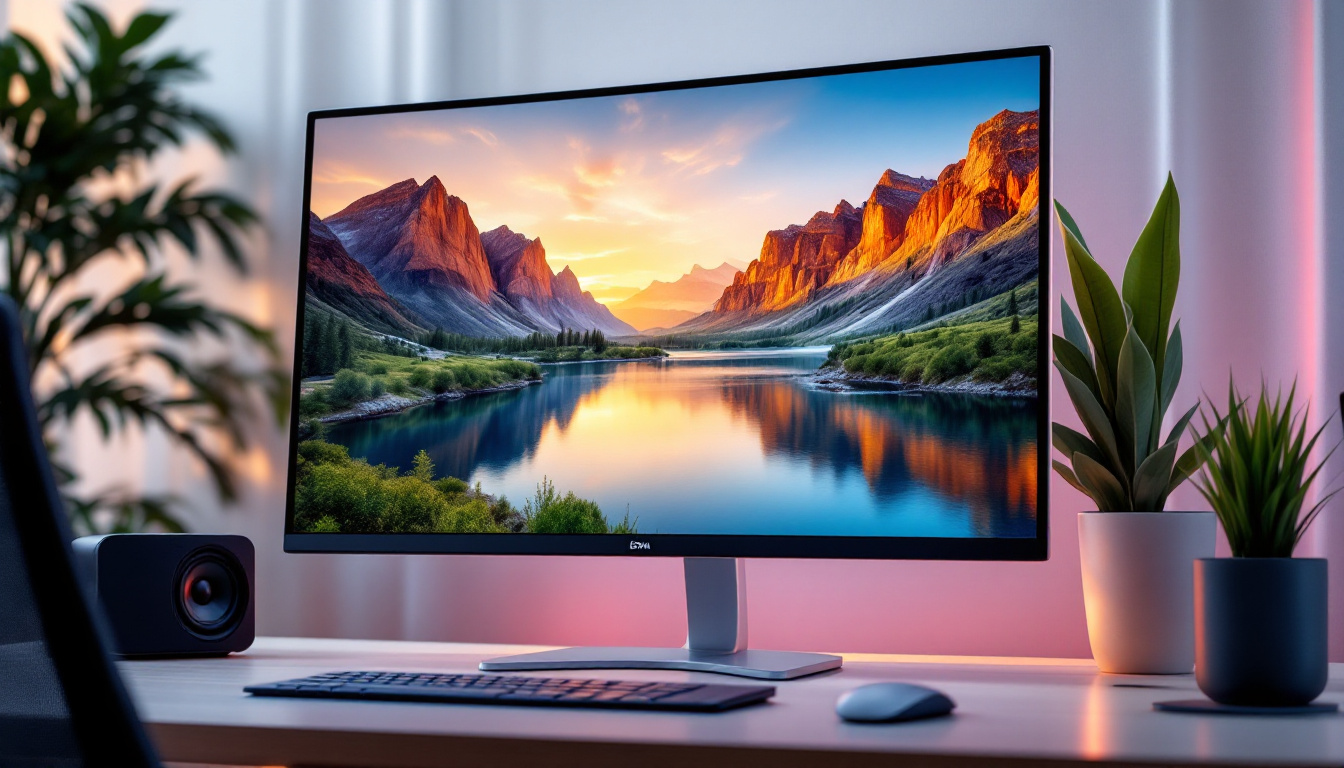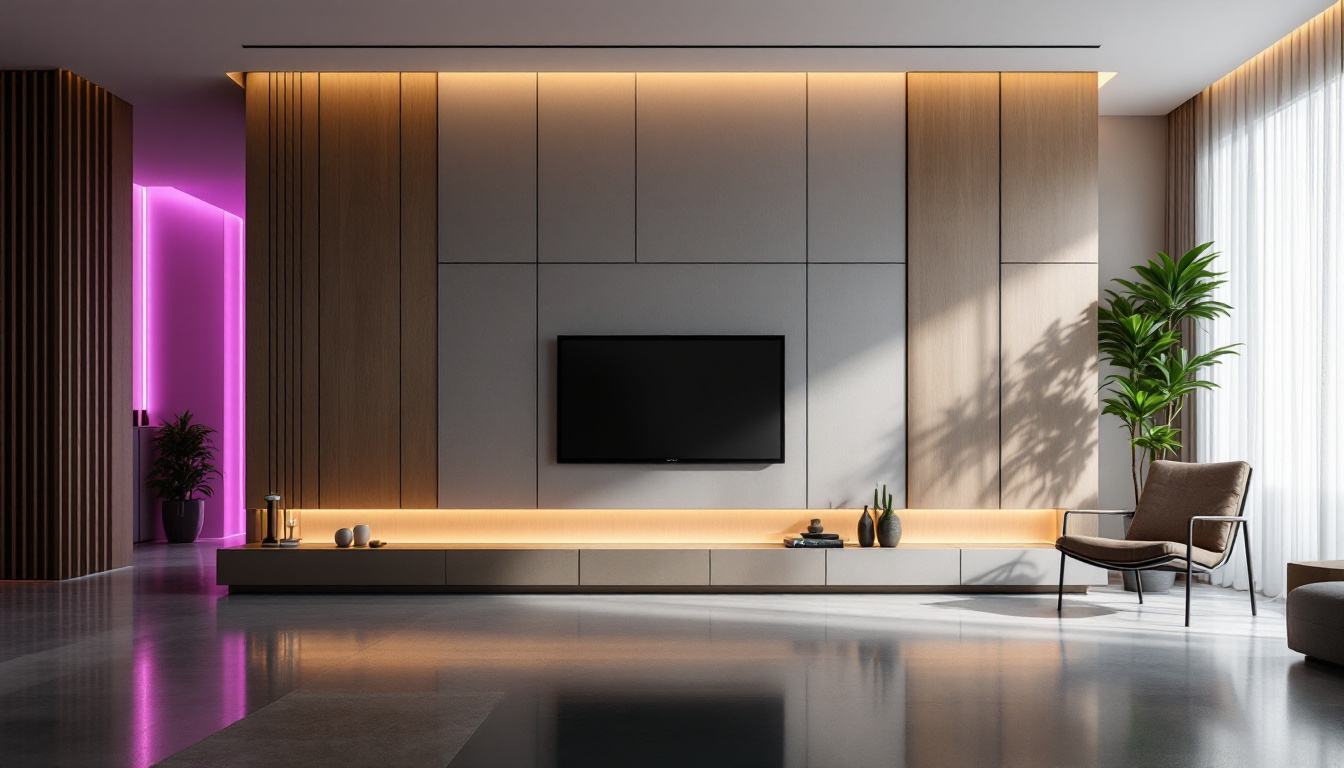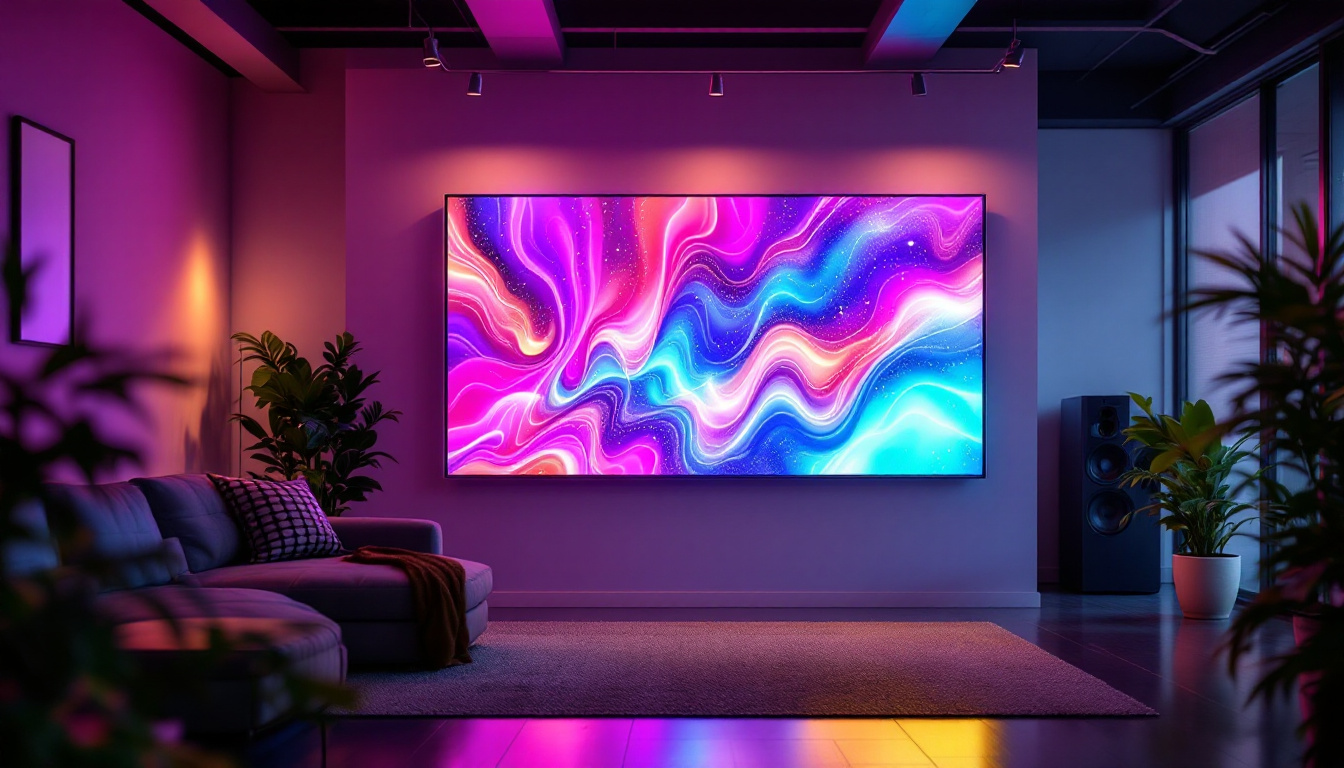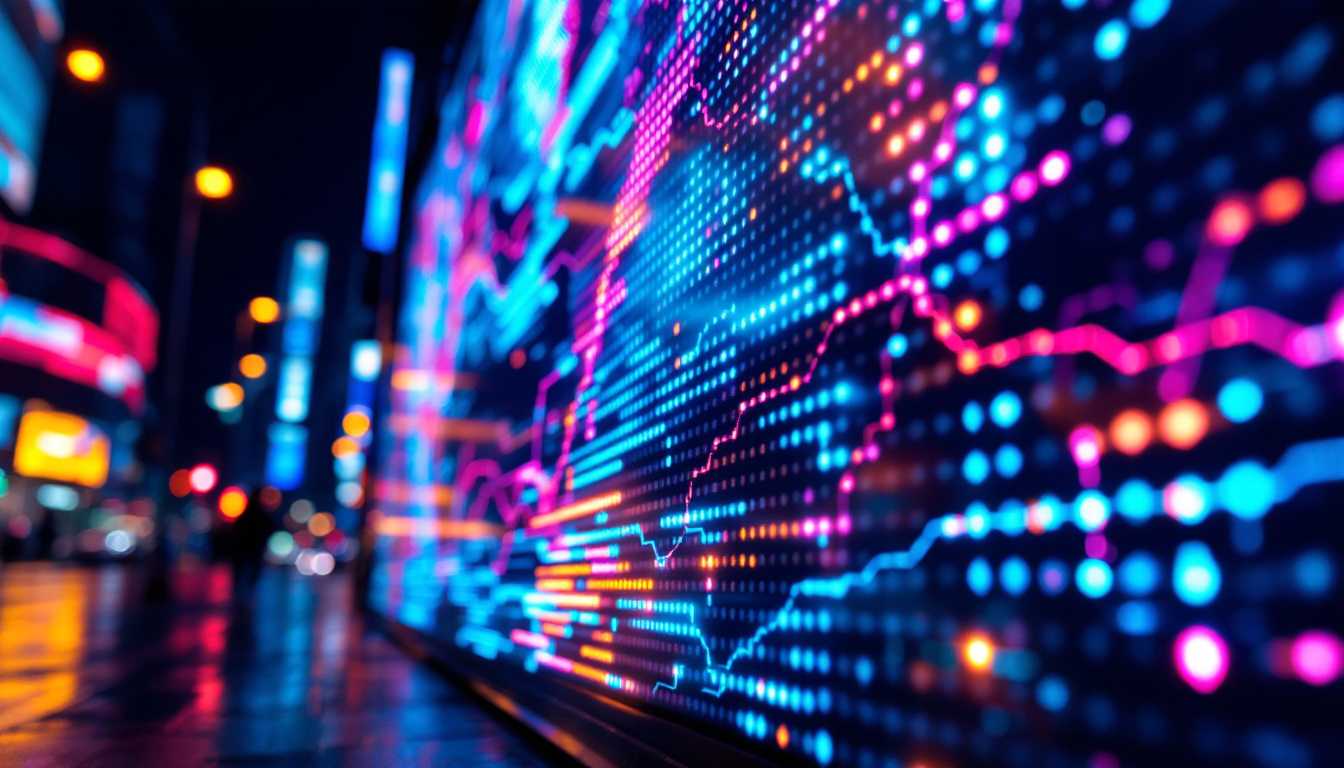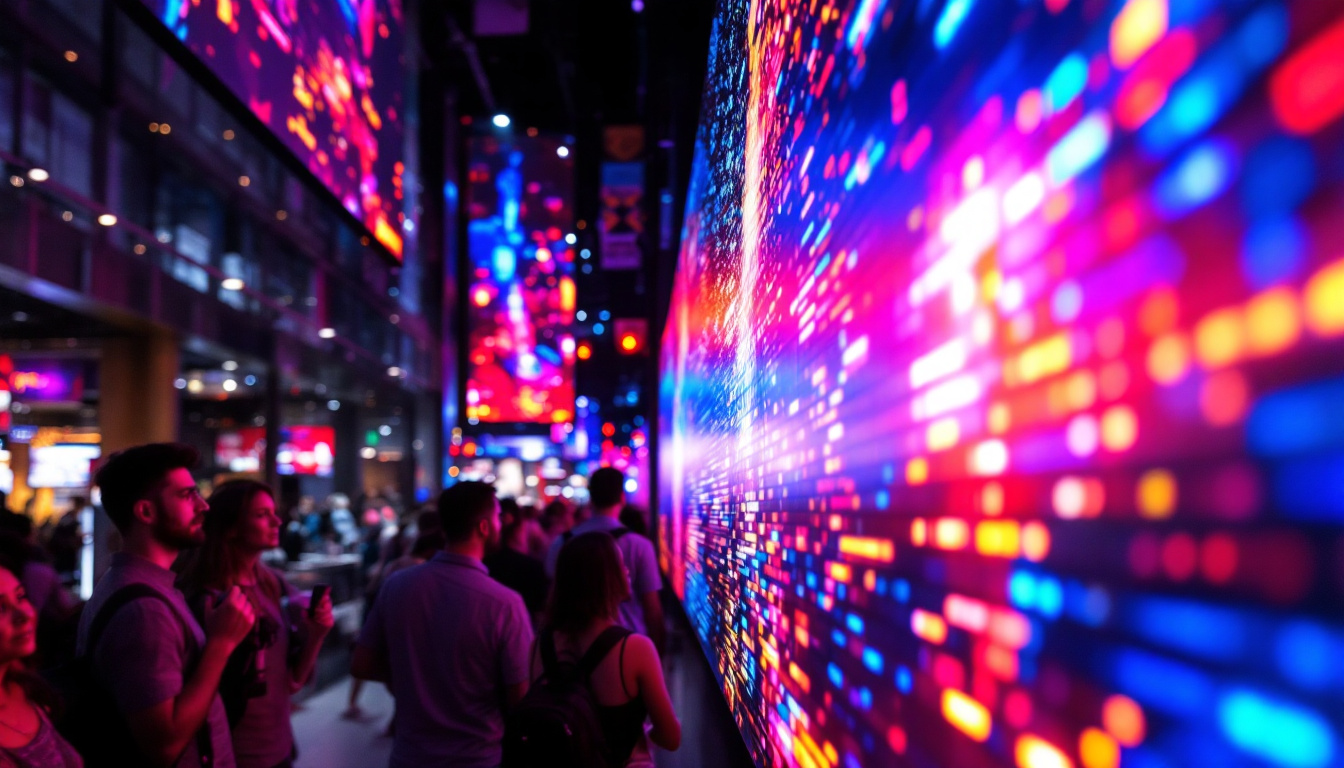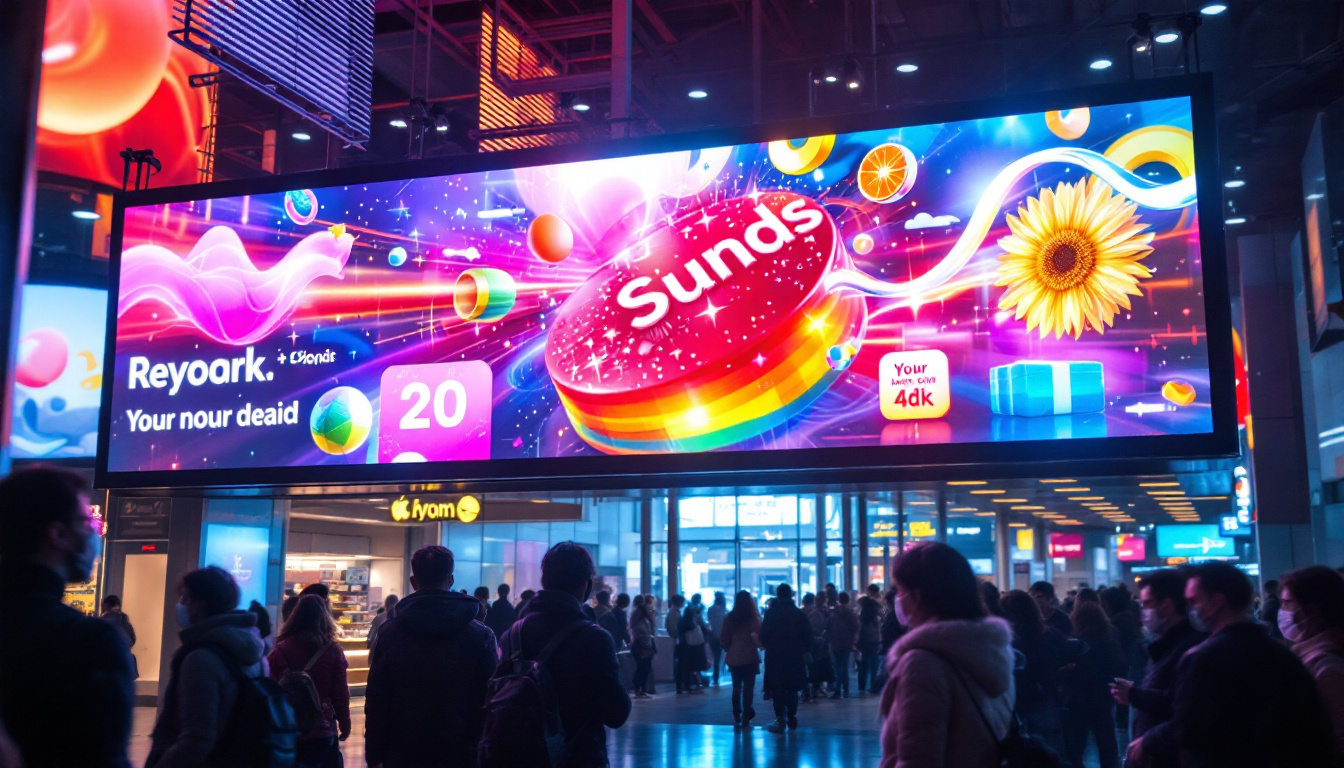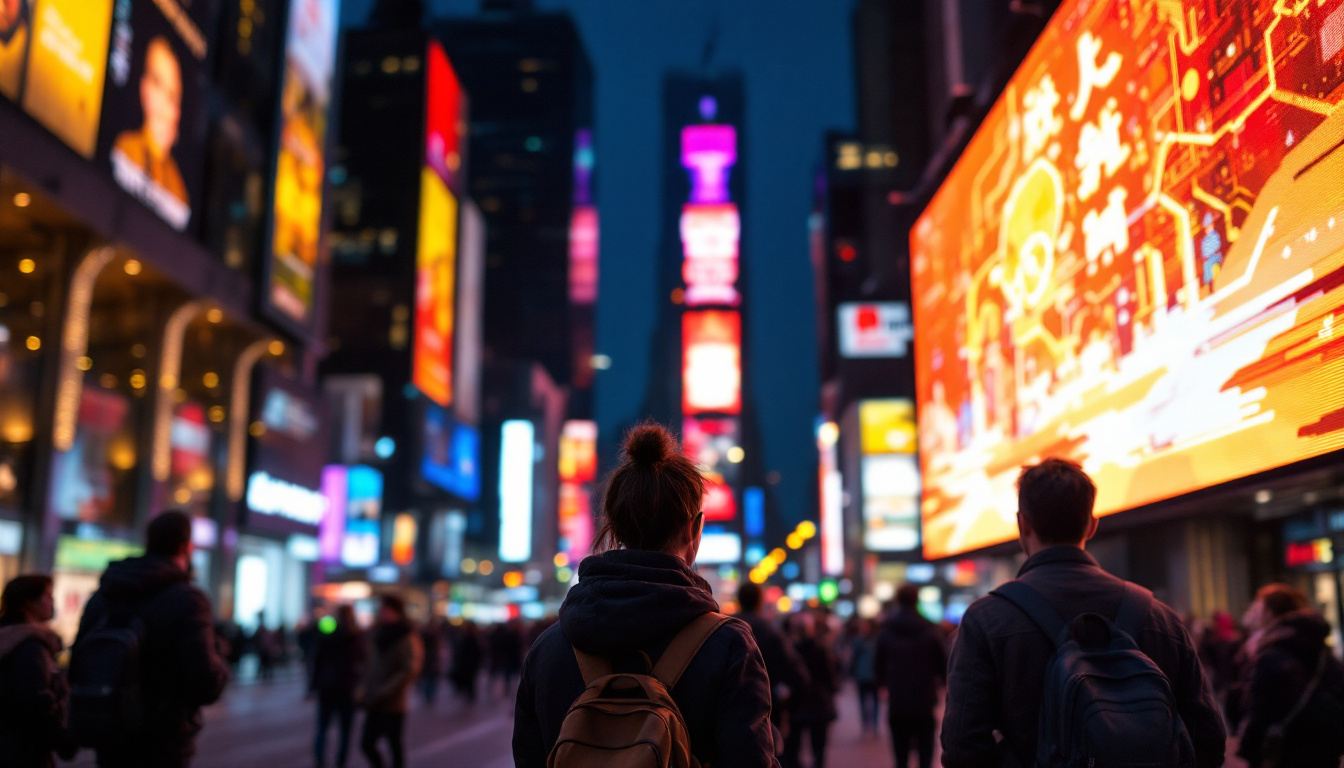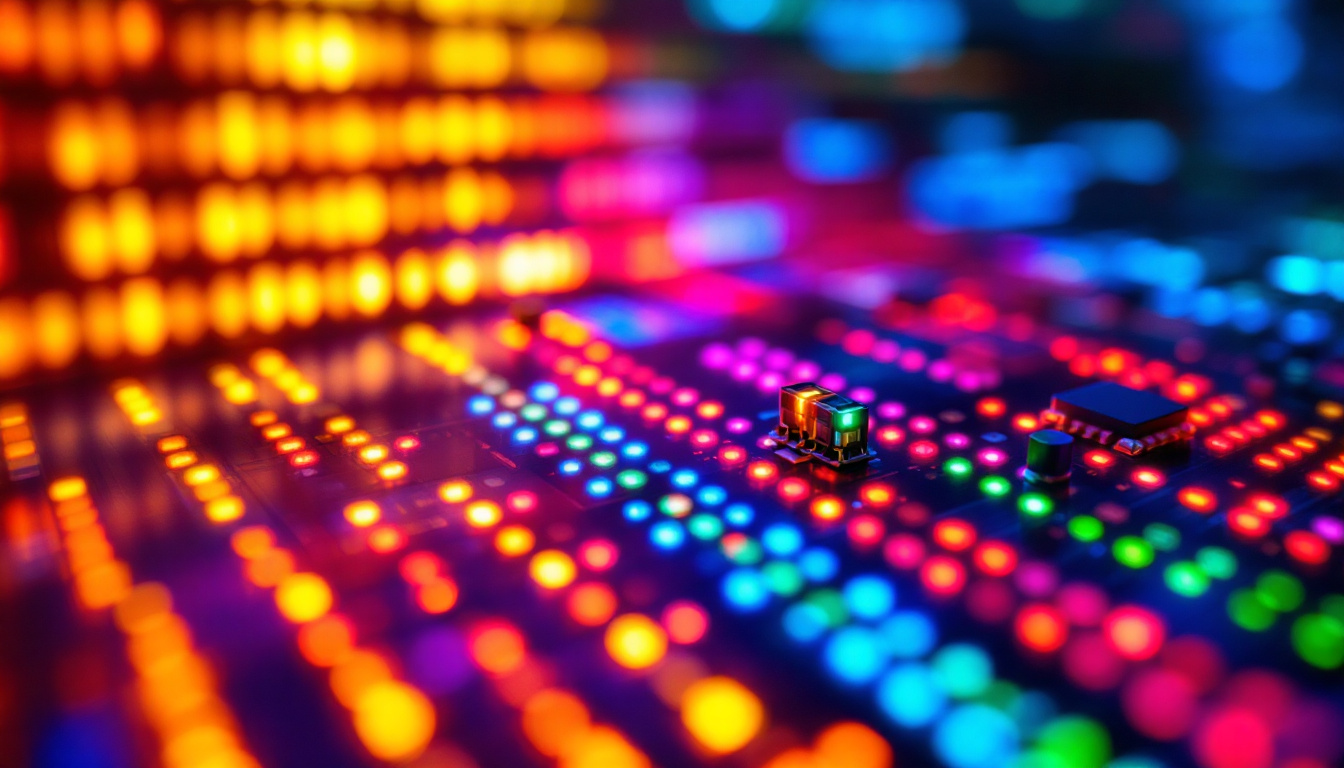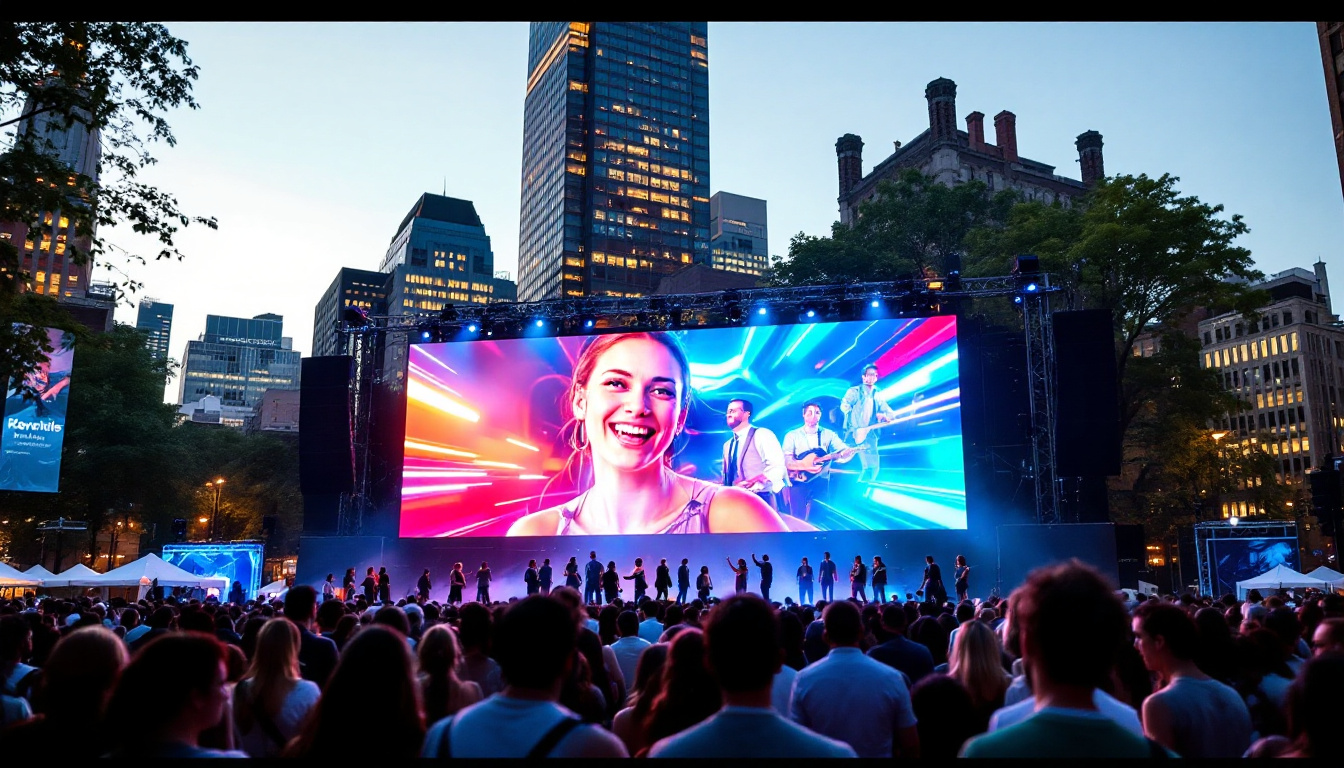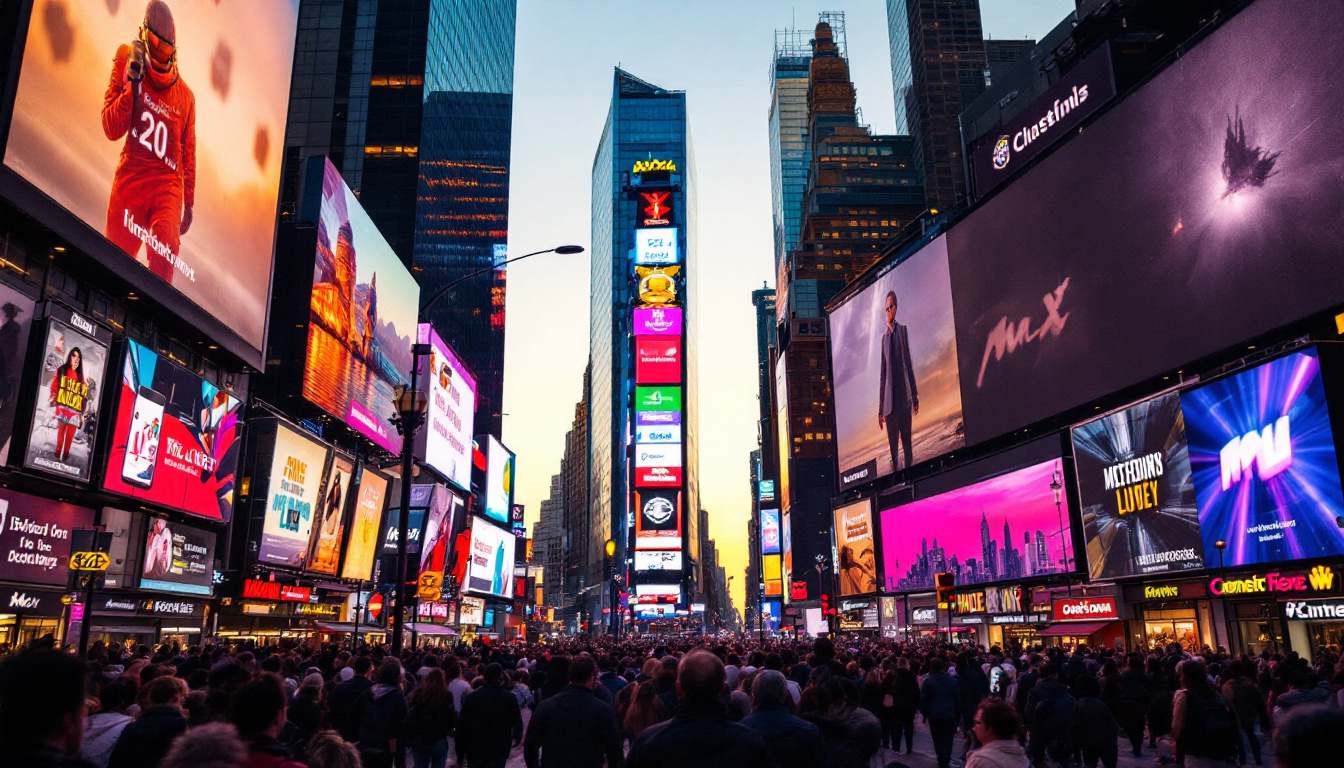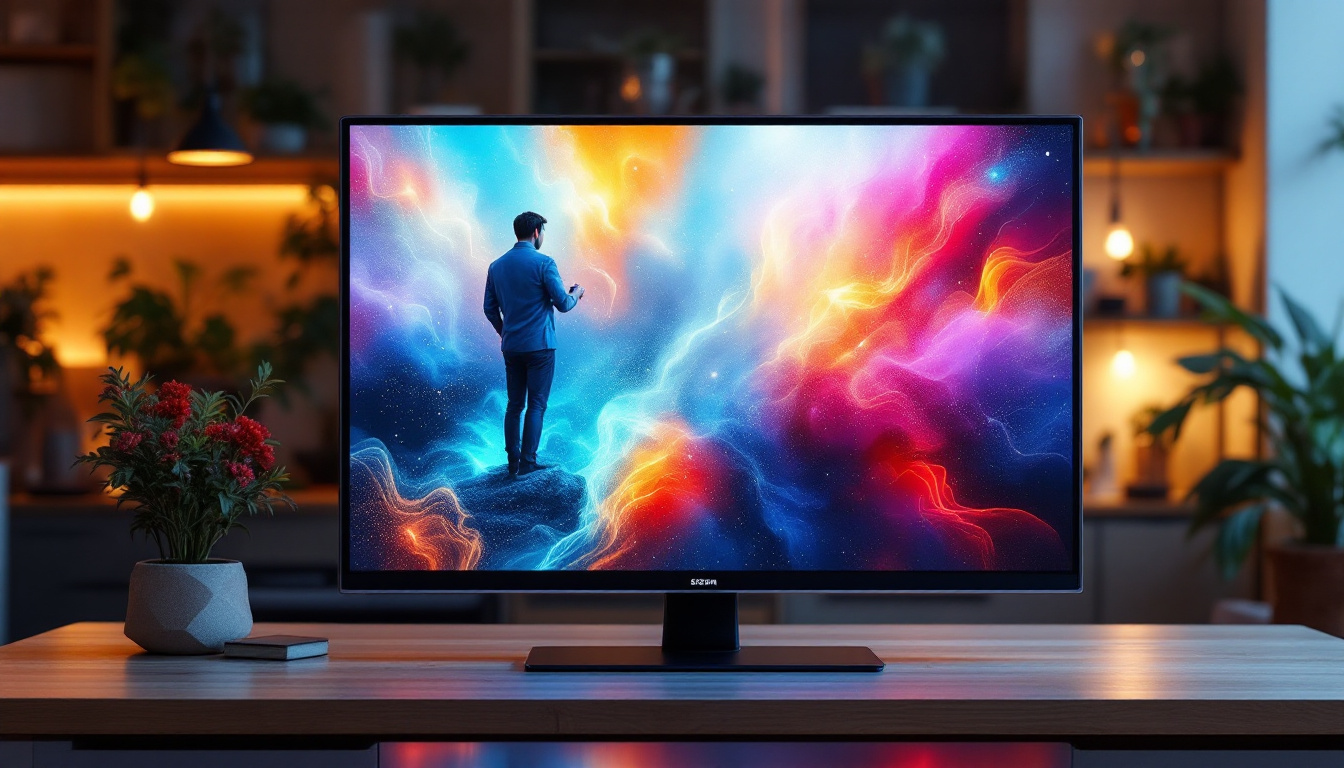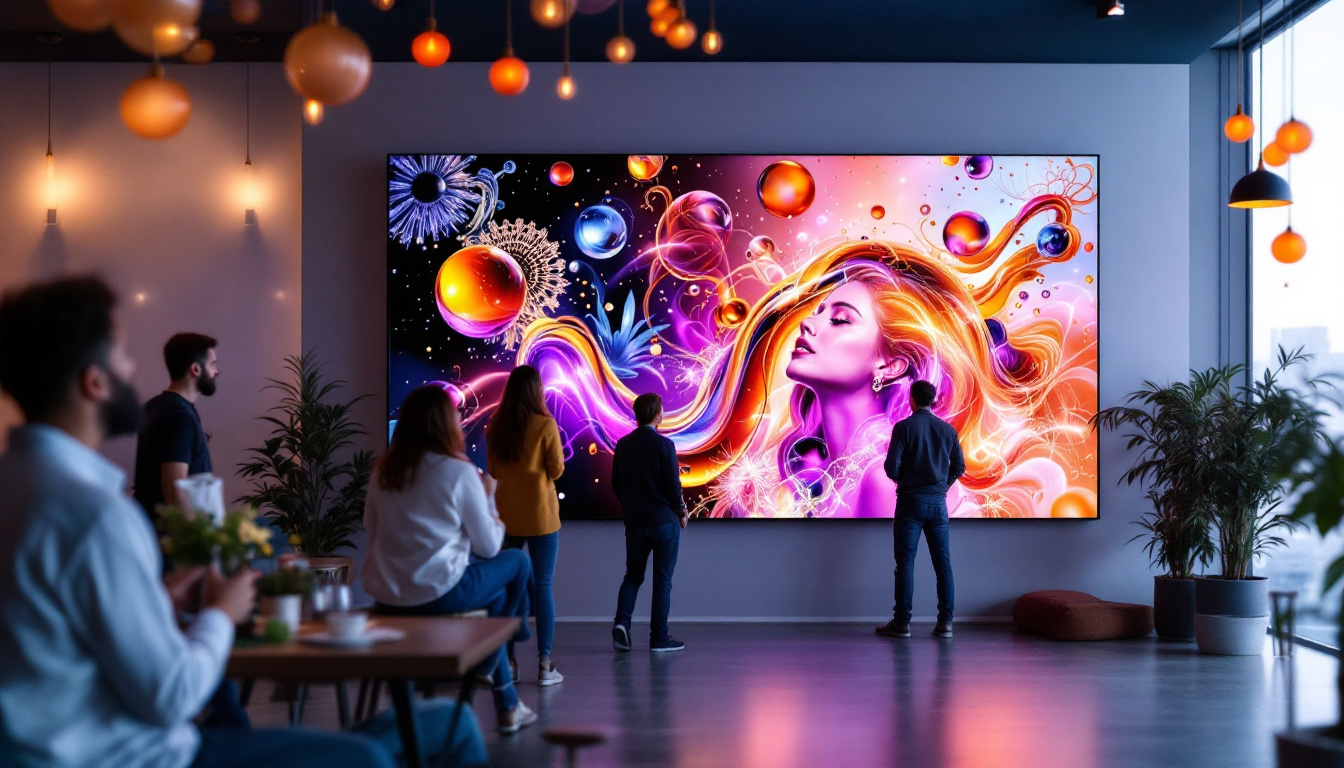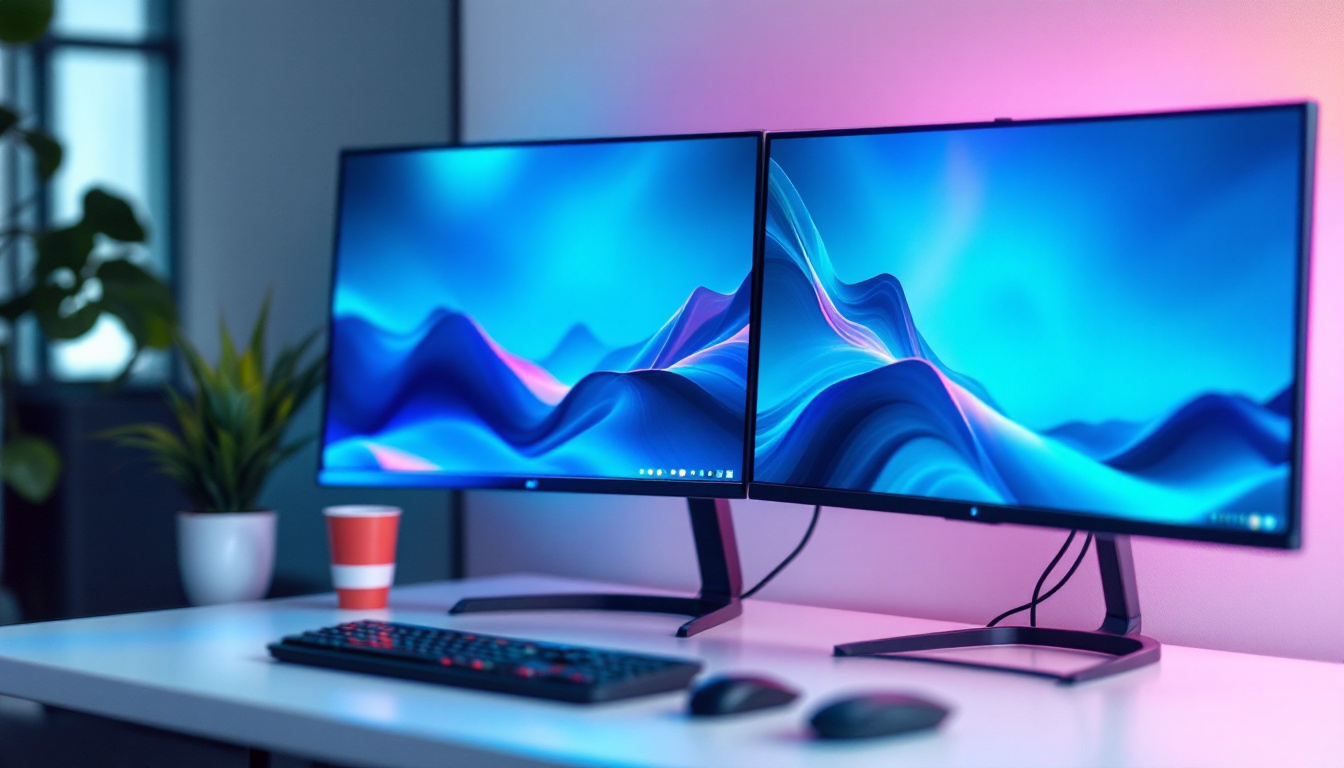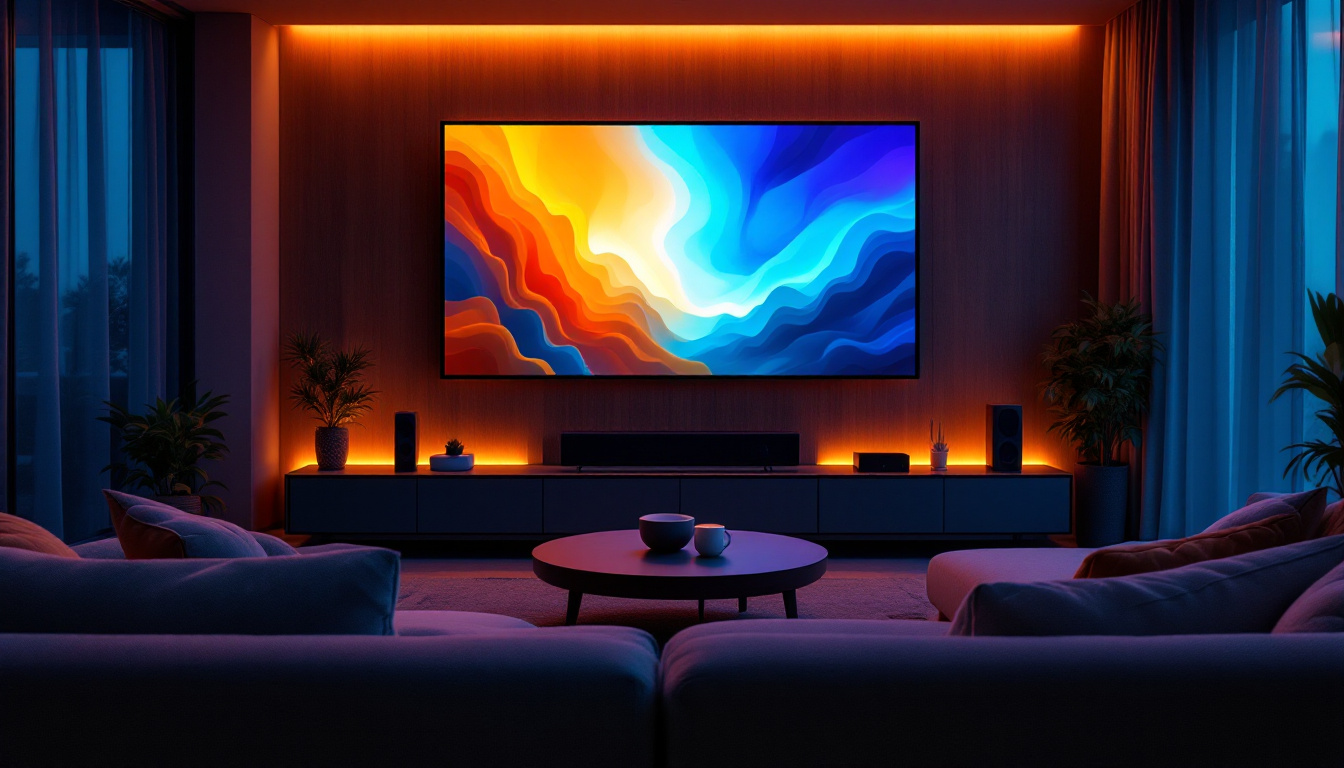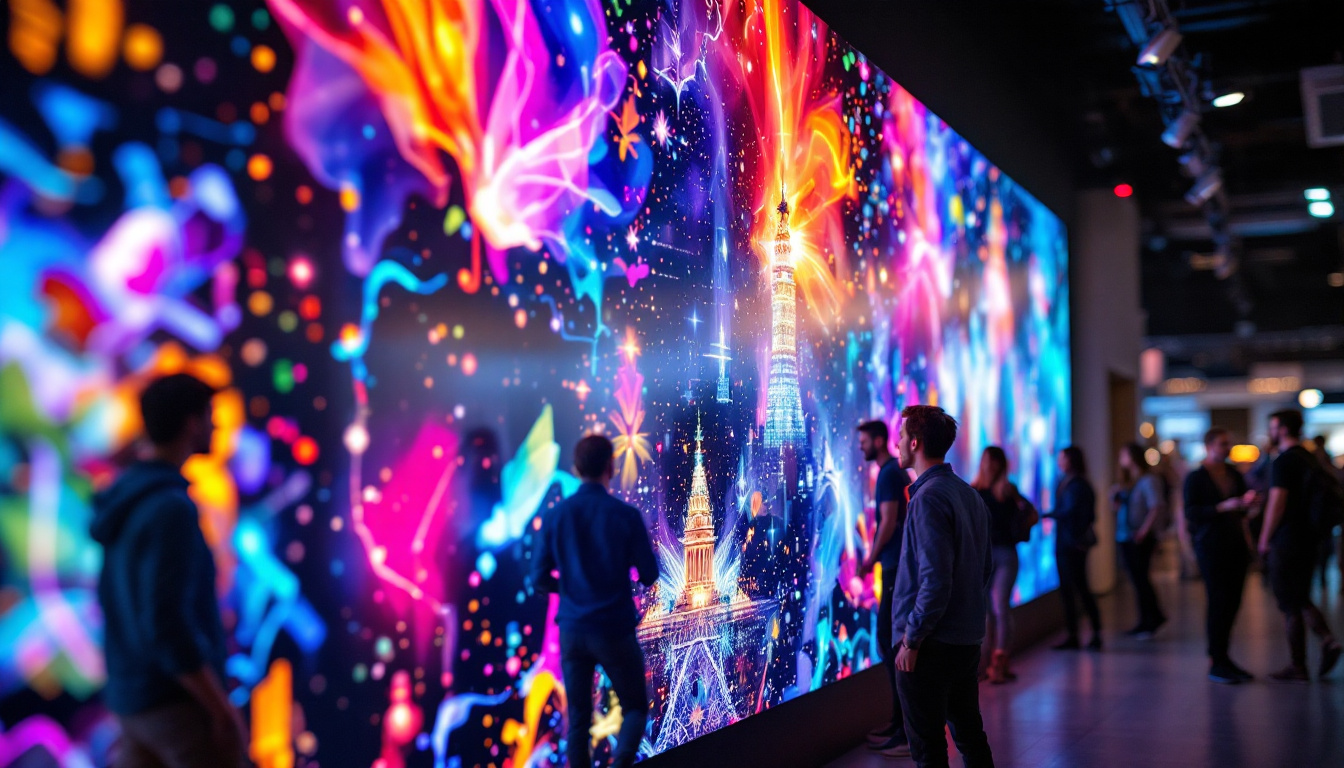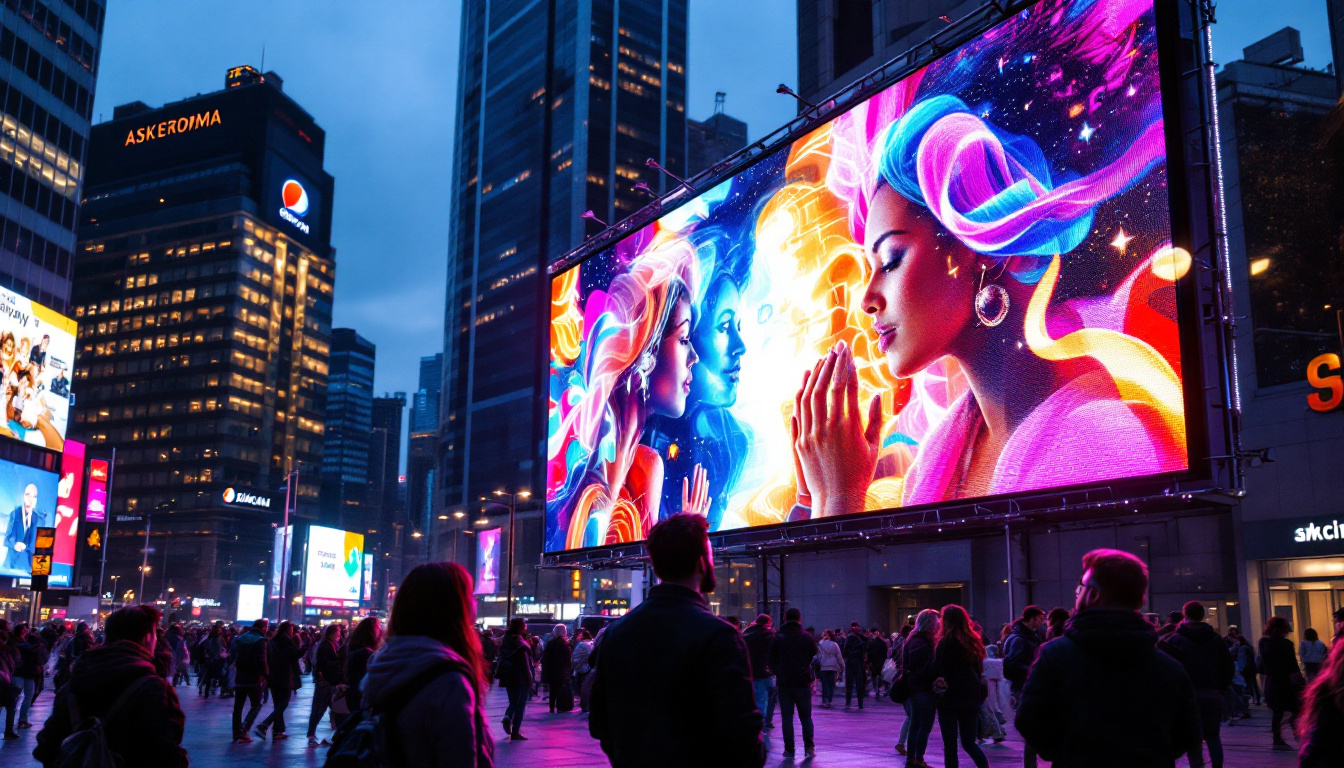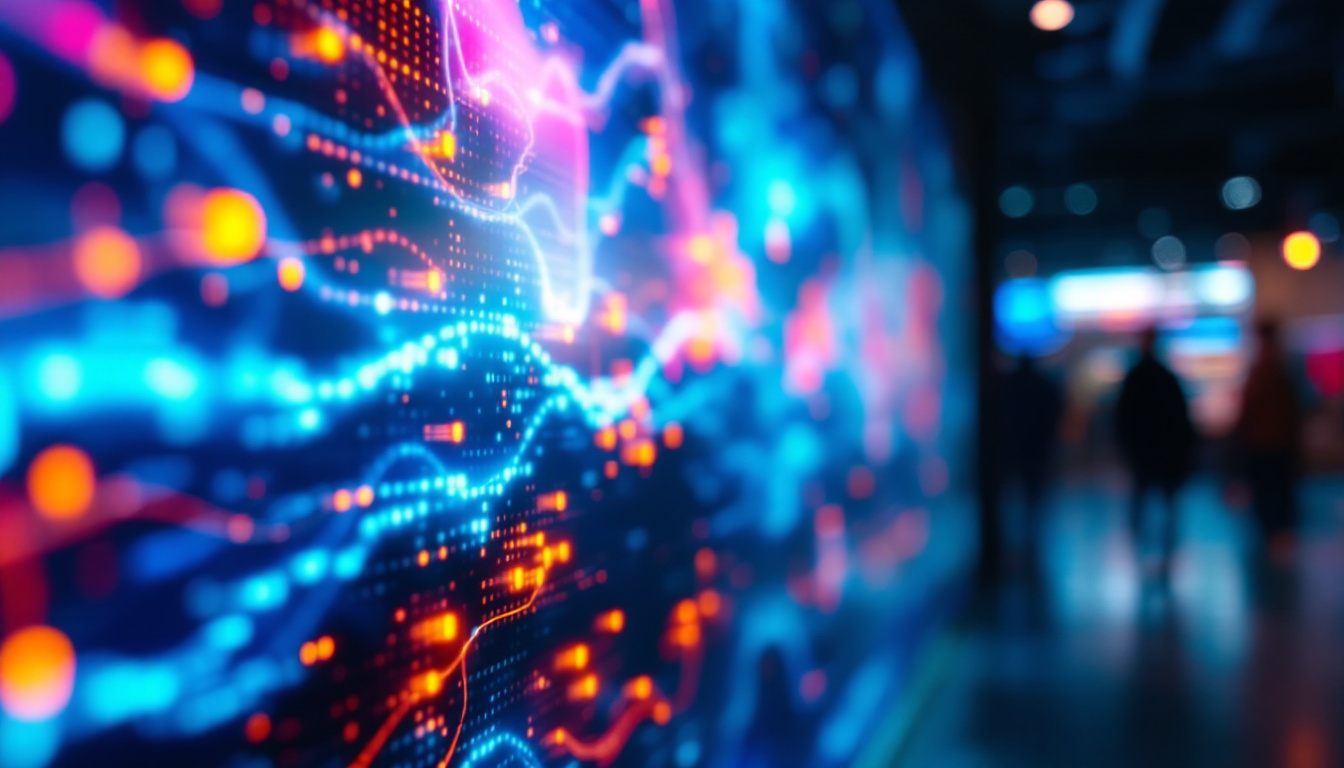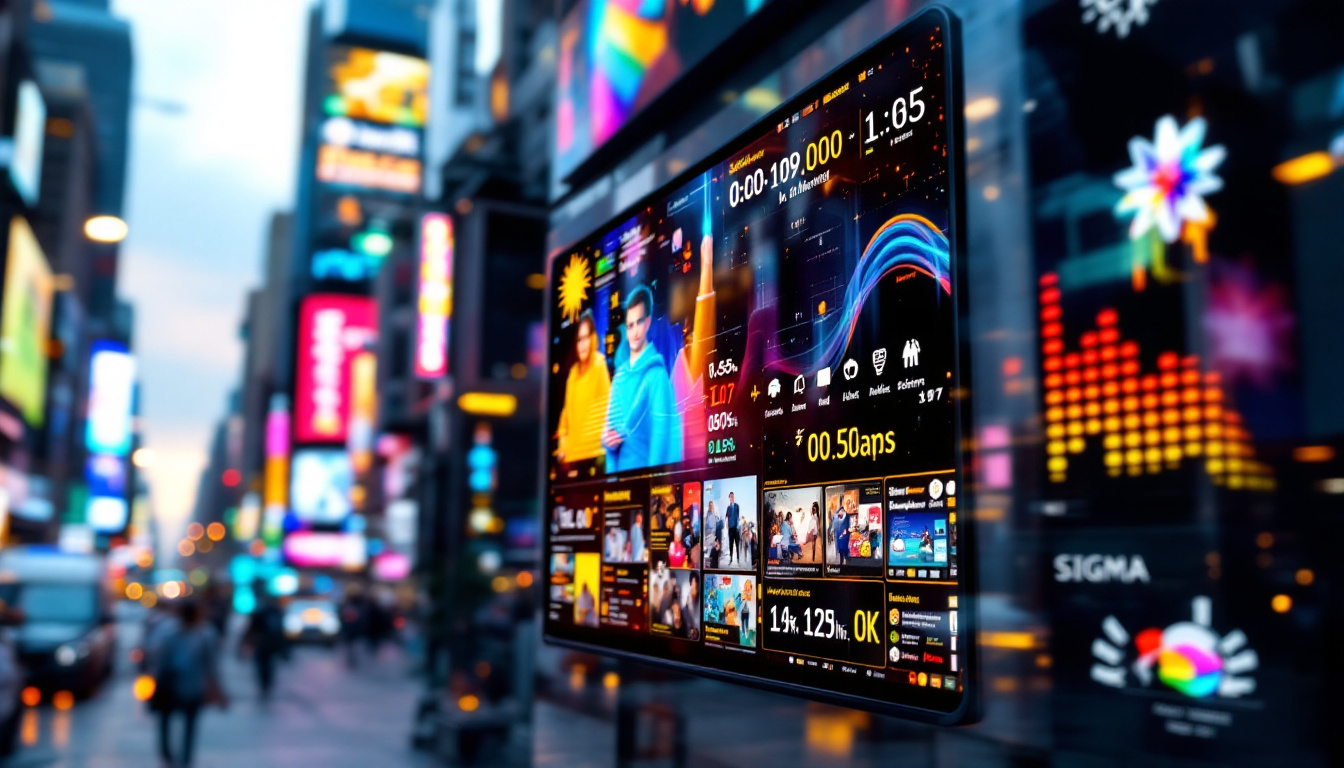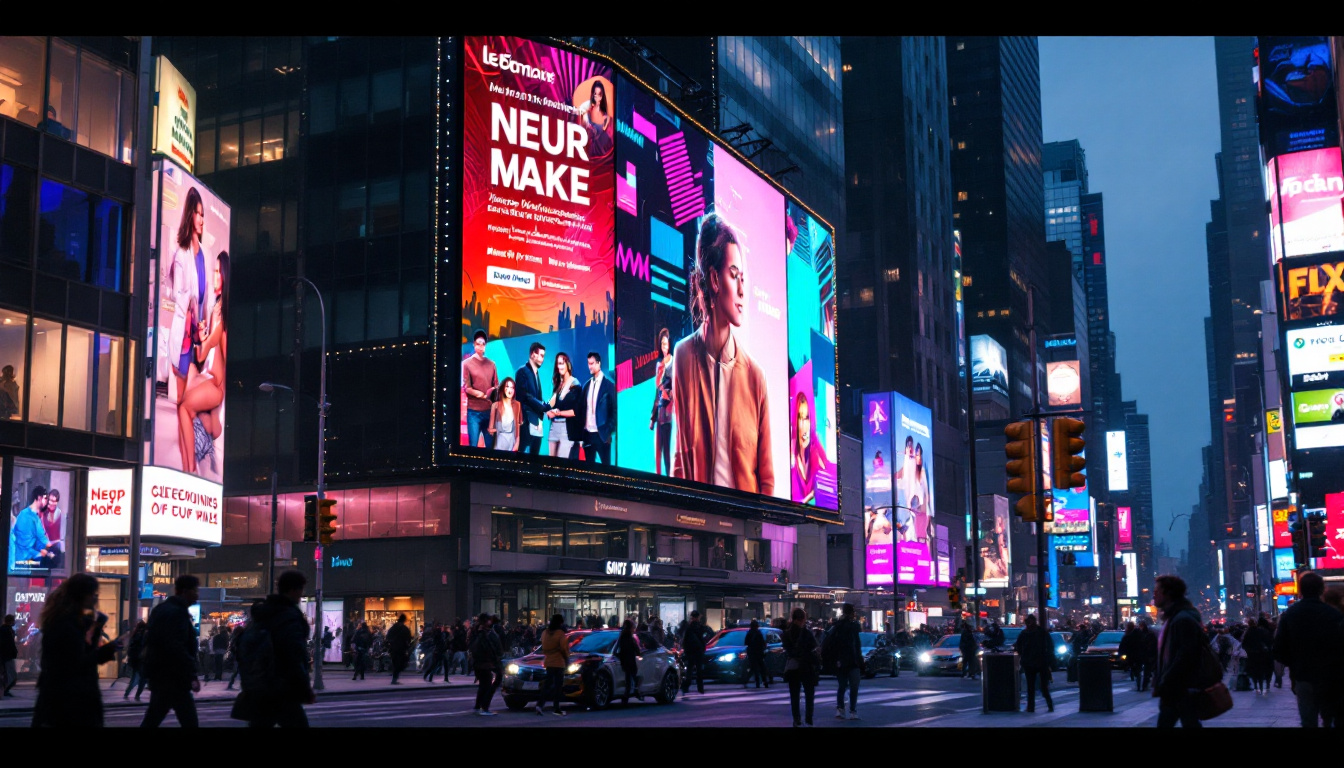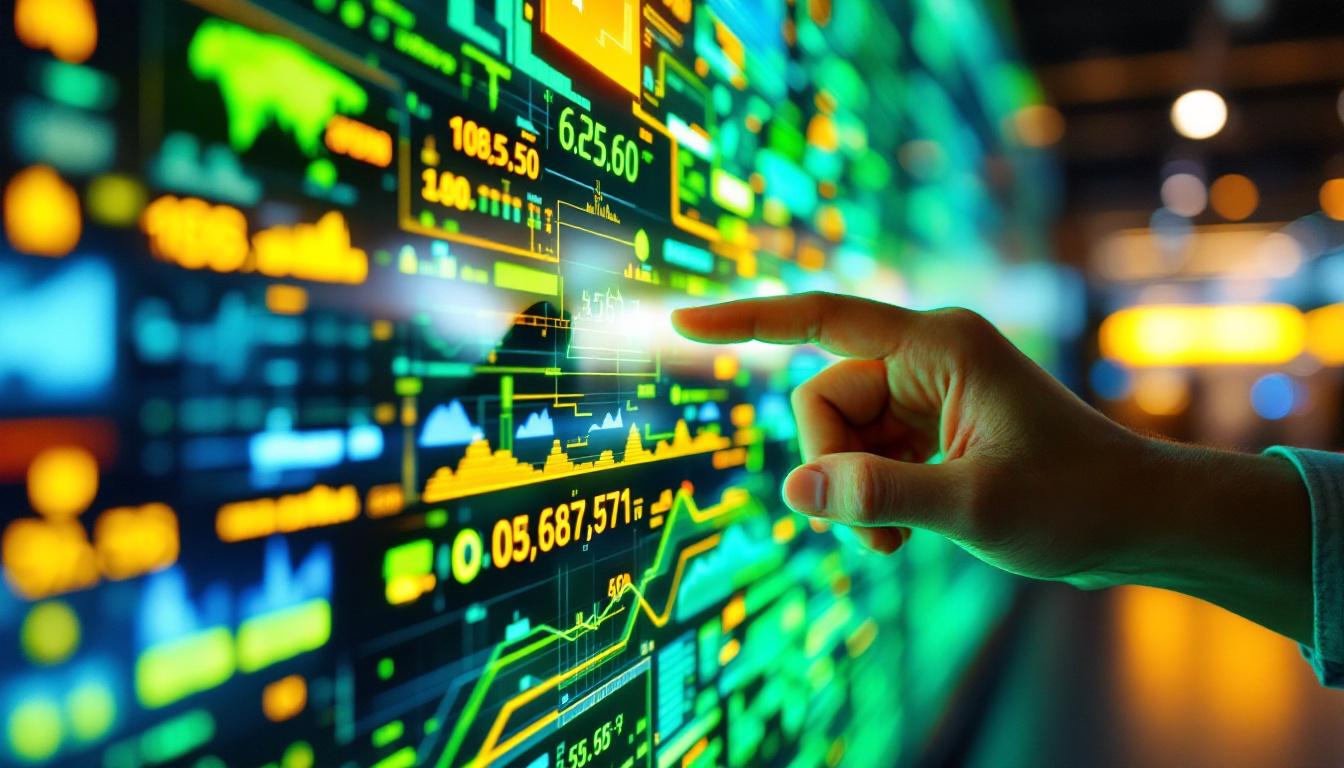In the fast-paced world of retail and hospitality, effective communication is key to attracting and retaining customers. One of the most innovative solutions that has emerged in recent years is the LED menu board. These digital displays not only enhance the aesthetic appeal of a business but also provide a dynamic way to convey information. This article delves into the intricacies of LED menu boards, exploring their functionality, benefits, and the technology behind them.
What is an LED Menu Board?
An LED menu board is a digital display that showcases menus, promotions, and other important information using LED technology. Unlike traditional printed menus, these boards can be easily updated and customized to reflect changes in offerings or pricing. They are commonly found in restaurants, cafes, retail stores, and various other establishments where information needs to be displayed clearly and attractively. The vibrant colors and sharp graphics of LED displays not only draw attention but also enhance the overall aesthetic of the establishment, creating a modern and inviting atmosphere for customers.
Moreover, the transition from static to digital displays has revolutionized how businesses communicate with their customers. With the ability to integrate animations and videos, LED menu boards can tell a story about the brand, showcase new items, or highlight special deals in a way that static menus cannot. This dynamic approach not only keeps customers engaged but also encourages impulse purchases, as they are more likely to try something new when they see it visually represented in an appealing manner.
Types of LED Menu Boards
LED menu boards come in various forms, each designed to meet specific needs. The most common types include:
- Static LED Boards: These displays show a single image or message, making them ideal for simple menus or promotions. They are often used in locations where the menu remains consistent, providing a clear and straightforward presentation.
- Dynamic LED Boards: Capable of displaying multiple images or messages, dynamic boards can rotate through different menu items or promotions, capturing customer attention more effectively. This type of board is particularly useful during peak hours, as it allows businesses to showcase limited-time offers or highlight best-sellers.
- Touchscreen LED Boards: These interactive displays allow customers to navigate through menus and make selections, enhancing the customer experience. By enabling customers to customize their orders or explore nutritional information, touchscreen boards can significantly improve customer satisfaction and streamline the ordering process.
Key Features of LED Menu Boards
LED menu boards are equipped with several features that enhance their functionality:
- High Visibility: The bright LED lights ensure that the content is visible even in low-light conditions, making them suitable for various environments. This feature is particularly beneficial for establishments that operate during evening hours, ensuring that customers can easily read the menu from a distance.
- Customization: Businesses can easily change the content, colors, and designs to match their branding or seasonal promotions. This flexibility allows for creative marketing strategies, such as themed menus for holidays or special events, which can attract more customers.
- Energy Efficiency: LED technology is known for its low energy consumption, making these boards an environmentally friendly choice. Additionally, their long lifespan reduces the need for frequent replacements, further contributing to cost savings for businesses.
Another noteworthy feature of LED menu boards is their ability to integrate with point-of-sale systems. This integration allows for real-time updates, ensuring that any changes in inventory or pricing are immediately reflected on the display. As a result, businesses can avoid customer dissatisfaction due to outdated information and enhance operational efficiency. Furthermore, many LED boards come equipped with scheduling capabilities, enabling businesses to automate content changes based on time of day or specific promotions, making management even more convenient.
Benefits of Using LED Menu Boards
Incorporating LED menu boards into a business offers numerous advantages that can significantly impact customer engagement and operational efficiency.
Enhanced Customer Engagement
One of the primary benefits of LED menu boards is their ability to engage customers. The vibrant colors and moving images can draw attention and create a more inviting atmosphere. This is particularly important in competitive environments where capturing customer interest quickly is essential. By displaying mouth-watering images of food or enticing promotions, businesses can influence purchasing decisions and drive sales.
Cost-Effective Marketing
Updating traditional printed menus can be costly and time-consuming. In contrast, LED menu boards allow for instant updates, enabling businesses to promote daily specials or seasonal items without incurring additional printing costs. This flexibility not only saves money but also ensures that customers always see the most current offerings.
Improved Operational Efficiency
LED menu boards can streamline operations by reducing the need for staff to explain menu items or promotions. With clear and visually appealing displays, customers can make decisions more quickly, leading to shorter wait times and increased table turnover in restaurants. Additionally, the ability to showcase multiple items simultaneously means that staff can focus on providing excellent service rather than repeatedly answering questions about the menu.
Technology Behind LED Menu Boards
The effectiveness of LED menu boards is rooted in the technology that powers them. Understanding this technology can provide insights into their functionality and advantages.
LED Technology Explained
LED stands for Light Emitting Diode, a semiconductor device that emits light when an electric current passes through it. Unlike traditional incandescent bulbs, LEDs are more energy-efficient and have a longer lifespan. This technology allows for the creation of bright, colorful displays that can be seen from a distance.
Display Resolution and Quality
When selecting an LED menu board, display resolution is a critical factor. Higher resolution displays provide clearer images and text, enhancing readability. Pixel pitch, which refers to the distance between individual pixels, plays a significant role in determining the quality of the display. A smaller pixel pitch results in a higher resolution and sharper images, making it ideal for close viewing.
Control Systems and Software
LED menu boards are typically controlled through specialized software that allows users to manage content easily. This software enables businesses to schedule updates, create dynamic content, and even integrate social media feeds or live updates. The user-friendly interface ensures that staff can quickly learn how to operate the system, minimizing the need for extensive training.
Installation and Maintenance Considerations
While the benefits of LED menu boards are clear, proper installation and maintenance are crucial for maximizing their effectiveness.
Installation Process
The installation of LED menu boards requires careful planning and execution. Factors to consider include:
- Location: The placement of the board should ensure maximum visibility while considering foot traffic patterns.
- Size: The size of the display should be appropriate for the space and the distance from which it will be viewed.
- Power Supply: Ensuring a reliable power source is essential for uninterrupted operation.
Regular Maintenance
To keep LED menu boards functioning optimally, regular maintenance is necessary. This includes:
- Cleaning: Dust and grime can accumulate on the display, affecting visibility. Regular cleaning ensures the board remains clear and attractive.
- Software Updates: Keeping the control software updated is vital for optimal performance and security.
- Technical Support: Establishing a relationship with a reliable technical support provider can help address any issues that may arise promptly.
Case Studies: Successful Implementations
Many businesses have successfully integrated LED menu boards into their operations, resulting in increased customer engagement and sales. Here are a few notable examples:
Fast Food Chains
Fast food chains have been at the forefront of adopting LED menu boards. By using dynamic displays, these establishments can showcase combo deals, limited-time offers, and new menu items effectively. The ability to update content quickly allows them to respond to customer preferences and market trends in real time.
Cafes and Bakeries
Cafes and bakeries benefit from the visual appeal of LED menu boards. By displaying high-resolution images of their products, they can entice customers and increase impulse purchases. Additionally, the ability to highlight seasonal offerings or special promotions has proven effective in driving sales.
Retail Stores
Retail stores have also embraced LED menu boards to promote products and sales events. These displays can be used to create an engaging shopping experience, guiding customers through promotions and new arrivals. The flexibility of LED technology allows for creative marketing strategies that can adapt to changing inventory and customer interests.
Future Trends in LED Menu Boards
The landscape of LED menu boards continues to evolve, driven by technological advancements and changing consumer preferences. Here are some trends to watch for in the coming years:
Integration with Mobile Technology
As mobile technology becomes increasingly prevalent, the integration of LED menu boards with mobile apps is on the rise. Customers may soon be able to view menus, place orders, and receive personalized promotions directly on their smartphones, enhancing the overall experience.
Artificial Intelligence and Personalization
AI technology is paving the way for more personalized customer experiences. By analyzing customer data, businesses can tailor their menu displays to reflect individual preferences, making recommendations based on past purchases or popular items. This level of personalization can significantly enhance customer satisfaction and loyalty.
Sustainability Initiatives
With a growing focus on sustainability, businesses are looking for ways to reduce their environmental impact. LED menu boards are already energy-efficient, but future innovations may include solar-powered options or materials that are more environmentally friendly. This shift towards sustainability will resonate with eco-conscious consumers and enhance brand reputation.
Conclusion
LED menu boards represent a significant advancement in the way businesses communicate with their customers. With their dynamic displays, cost-effective marketing capabilities, and operational efficiencies, they have become an essential tool for many industries. As technology continues to evolve, the potential for LED menu boards will only expand, offering even more innovative solutions for engaging customers and enhancing the overall experience. Embracing this technology can provide businesses with a competitive edge in an increasingly digital world.
Discover the Future of Visual Engagement with LumenMatrix
Ready to elevate your customer experience with vibrant, dynamic LED menu boards? LumenMatrix is at the forefront of LED display innovation, offering a wide range of solutions tailored to your unique business needs. From Indoor and Outdoor LED Wall Displays to specialized options like Vehicle, Sports, and Floor LED Displays, our technology is designed to captivate and engage your audience. Embrace the future of visual communication with LumenMatrix and transform your space into a visually stunning environment. Check out LumenMatrix LED Display Solutions today and see the difference for yourself.

